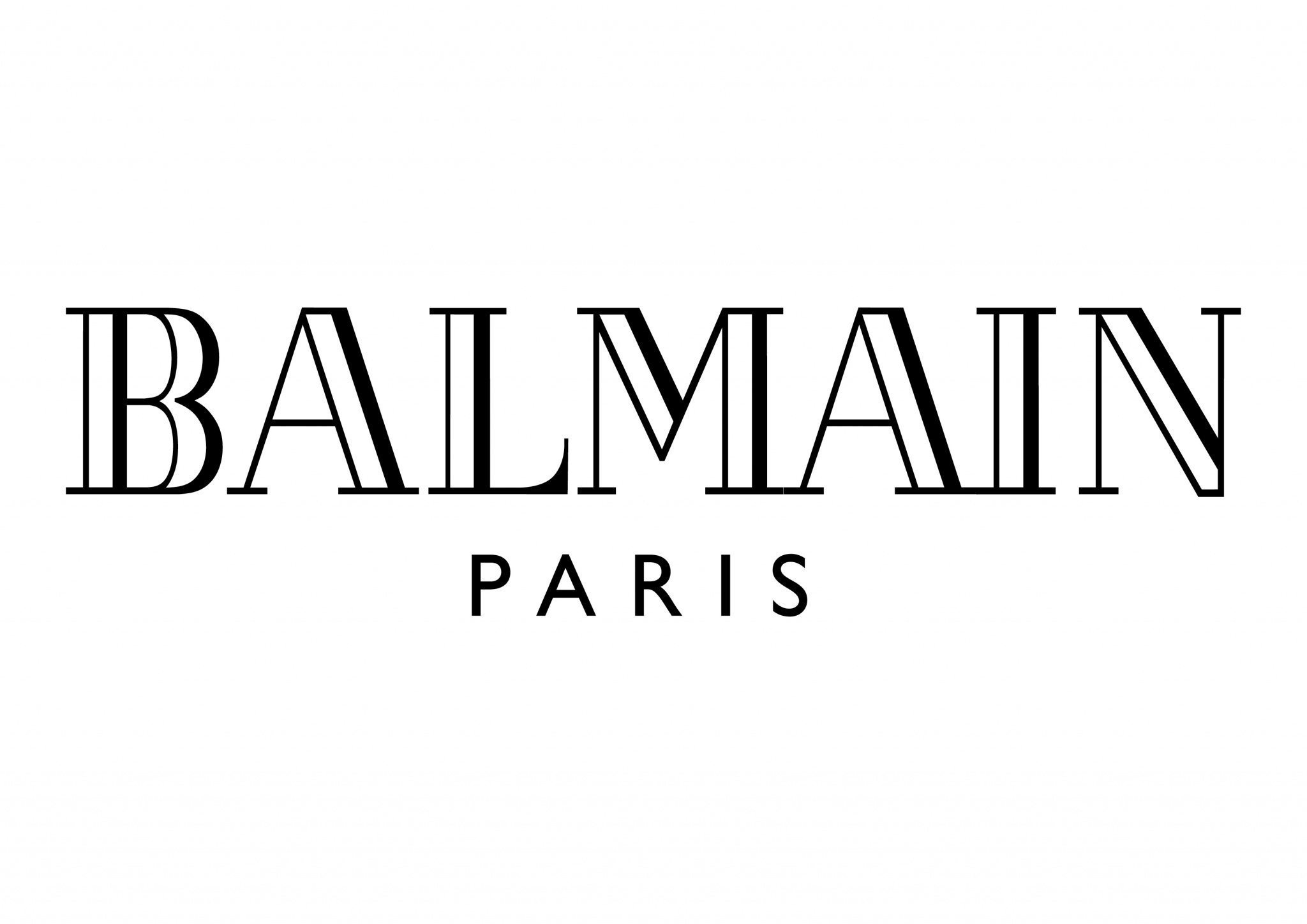Key Takeaways
- Balmain, a Parisian luxury fashion house, was established in 1945 by Pierre Balmain.
- The brand underwent significant transformations, with notable designers like Oscar de la Renta and Christophe Decarnin shaping its evolution.
- Olivier Rousteing, since 2011, has infused the brand with contemporary appeal, emphasizing Asian markets and expanding into accessories and cosmetics.
- Balmain has collaborated with high-profile names like H&M, L’Oreal, and Kylie Jenner, indicating its influence and relevance in modern fashion.
- The brand has also engaged in philanthropy, notably partnering with (RED) to support global health causes.
Walking into the luminous world of Balmain is like stepping into a realm where elegance and modernity dance in harmony. The Parisian streets whisper tales of 1945, when Pierre Balmain, with a vision as crisp as the autumn air, unveiled his first collection. Picture the scene: post-war Paris, a city reborn, its heartbeat resonating through the luxurious folds of Balmain’s creations. It’s not just clothing; it’s the embodiment of a dream woven into the fabric of fashion history.
As years cascaded like the silken trains of evening gowns, Balmain became synonymous with the kind of glamour that stops you in your tracks. The era of Oscar de la Renta was a particularly golden one, my friend. Imagine the charisma of a man who, while nurturing the roots planted by Balmain, infused the house with a freshness as invigorating as a spring breeze through the Bois de Boulogne.
Then came a whirlwind, a storm named Christophe Decarnin, shifting Balmain’s compass towards the audacious and the bold. The world watched, often with bated breath, as Balmain’s identity shimmered with new vibrancy, echoing the electric energy of a metropolis at night.
But, oh, the narrative took a fascinating turn with Olivier Rousteing’s arrival. Young and untested, yet his vision was clear as the Seine on a sunny day. He bridged the past and the present, crafting pieces that whisper of history while screaming modernity. Under his watch, Balmain didn’t just enter rooms; it owned them, from the grandest galas in Paris to the pulsating heart of Tokyo’s fashion district.
Remember the buzz around Balmain x H&M? It was like watching a meteor shower, brilliant and fleeting, leaving us yearning for more. And then, the realms of beauty and fashion collided spectacularly with the Balmain x L’Oreal lipstick saga, painting the world in shades of confidence and allure.
Balmain’s journey isn’t just a tale of fabric and threads; it’s a symphony of innovation, transformation, and timeless elegance. As I recount these moments, I can almost feel the pulse of the runway, hear the click of heels on Parisian cobblestones, and see the flash of cameras capturing not just fashion, but history in the making.
Frequently Asked Questions
1. When was Balmain founded and by whom?
Balmain was founded in 1945 by Pierre Balmain, a visionary French designer whose legacy continues to influence the fashion world.
2. Who has been the most influential designer at Balmain?
While several designers have left their mark, Olivier Rousteing is notable for modernizing Balmain’s aesthetic and significantly expanding its global presence and influence since 2011.
3. What type of products does Balmain offer?
Balmain offers a wide range of luxury products including haute couture, ready-to-wear clothing, perfumes, jewellery, and accessories.
4. Has Balmain collaborated with any high-profile brands or celebrities?
Yes, Balmain has collaborated with several high-profile entities, including H&M, L’Oreal, and celebrities like Kylie Jenner, showcasing its prominence in the fashion industry.
5. How has Balmain contributed to charitable causes?
Balmain has engaged in philanthropy, notably partnering with (RED) to auction off custom-made looks for the Met Gala, with proceeds supporting the fight against AIDS, Tuberculosis, and Malaria.
